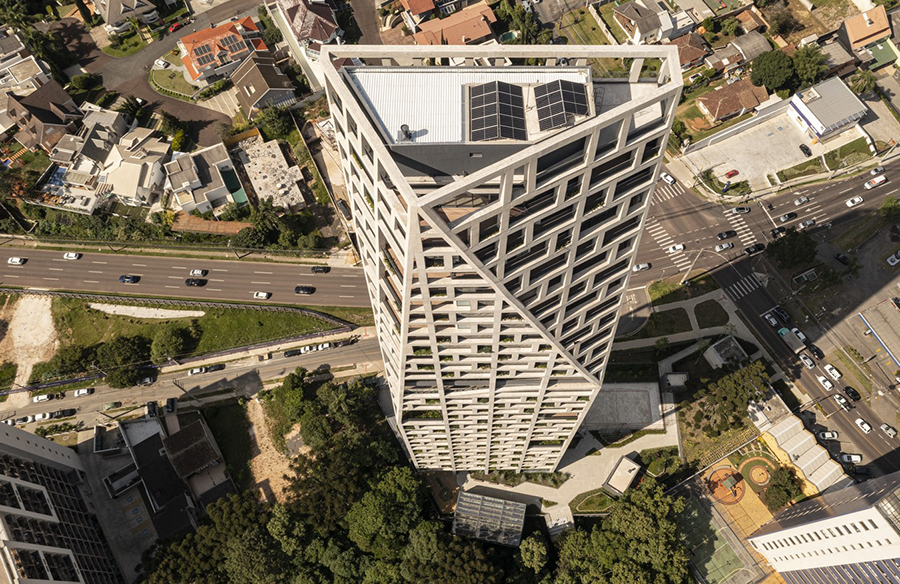As wildfires become more prevalent worldwide, fire safety considerations are crucial for garden design, especially in fire-prone areas. Elizabeth Waddington, a permaculture garden designer, shares simple design tips tailored to such environments.
Ensure Adequate Irrigation

In arid or semi-arid regions, maintaining well-irrigated gardens is vital as dry plants are more susceptible to burning. Harvest rainwater and implement efficient irrigation systems like drip lines to conserve water and ensure plant health, particularly in low-rainfall areas.
Incorporate Water Features
Integrating a garden pond or other water bodies into your property can serve as a strategic fire mitigation measure. Position such features between your home and the prevailing wind direction to create a buffer zone against wildfires. Additionally, consider topography and environmental factors when selecting the location for water features.
Create Fire Break Zones

Maintain fire break zones around your home by keeping large flammable trees and shrubs at a safe distance. Regularly clear brush and dead plant material within these zones to minimize fire hazards. Opt for non-flammable mulch materials such as reclaimed gravel or recycled concrete within the fire break zone to reduce ignition risks.
Select Fire-Resistant Plants
Choose fire-resistant plants for landscaping, especially near structures. The University of California Cooperative Extension recommends eliminating combustible materials within the first five feet around buildings. Beyond this zone, maintain lean plantings to prevent vegetation connectivity and reduce fire spread potential. Explore fire-safe plant options recommended by firefree.org, prioritizing moisture-retentive species like succulents over sappy or resinous plants.
Promote Plant Health
Ensure the overall health of garden plants by meeting their water and nutritional requirements. Select plants suitable for your climate and soil conditions, considering their compatibility within the ecosystem. Implement polycultures and companion planting to enhance plant resilience and ecosystem balance. Remove dead, damaged, or diseased plants promptly to minimize fire risks.

Foster Healthy Soil
Healthy soil is essential for plant growth and fire resilience. Maintain moisture-retentive soils by irrigating as needed and selecting plants that contribute to soil health. By prioritizing soil health and plant vitality, you can create a fire-safe garden environment.
In conclusion, while it may not be possible to eliminate all fire risks, thoughtful garden design choices can significantly mitigate potential hazards in fire-prone areas. By incorporating these design principles, you can create resilient landscapes that enhance fire safety and promote biodiversity.














